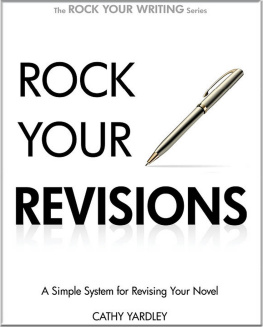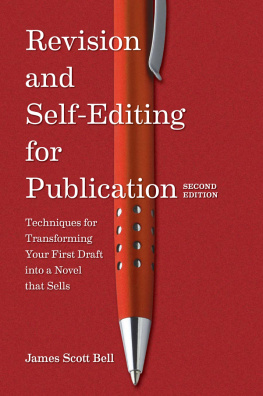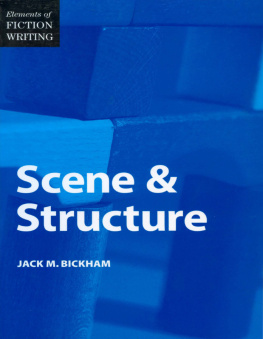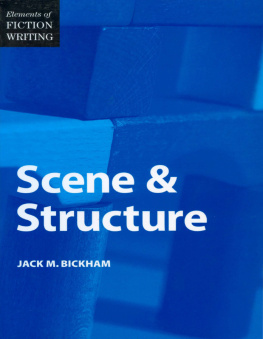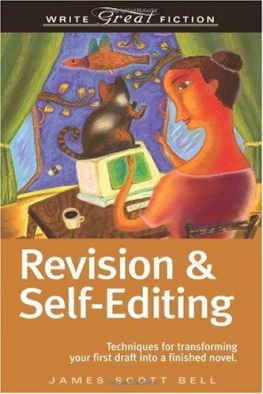Rock Your Revisions: A Simple System for Revising Your Novel
Content Copyright Cathy Yardley Wilson. All rights reserved.
Published in the United States
First Publishing Date November, 2012
Table of Contents
Theres nothing quite like finishing a rough draft. If youre like me, youve probably finished the thing in a half-mad dash, throwing everything youve got left in a desperate press to the finish. Then, theres the glorious, crazed afterglow, typing The End and basking in the glory of completion.
Of course, then you go back to the manuscript after a cooling off period and wonder how in the world youre supposed to turn this big, hot mess of a manuscript into a cohesive, coherent and polished novel.
This book is a road map.
The point of this book is to give you a simple, systematic approach to identifying what needs fixing in a manuscript, then develop a scene-by-scene revision plan before performing an overall prose polish.
Who this book is for:
- Writers who have completed their first manuscript, but have no idea what needs to be fixed.
- Writers who recognize that something specific needs to be fixed (i.e., weak plot, inconsistent characterization) but arent quite sure how to approach repairs, and
- Any writer who isnt happy with his or her current approach to revisions.
A little background:
I have written over eighteen commercial genre fiction novels, and Ive been teaching writing for the past eight years. I am a professional editor and writing coach. Ive developed this approach over the past thirteen years, streamlining the system to help improve my own productivity and my writing. Its my sincere hope that my trial and error will be your gain.
What makes this book different.
Rather than a collection of tools, techniques, and tactics on what might need revising in your manuscript and how to address it, this book presents a process: a systematic approach to identifying what needs revising and some tips on how to tackle it. For example, it doesnt make sense to work on varying sentence lengths and add description if youre just going to wind up cutting the scene. Polishing the reader experience aspect (Point of View, dialogue, word choice, etc.) only comes after structural issues are addressed.
This book gives concrete examples and a step-by-step instructional approach, like a car repair manual. It is direct and gives assignments that, performed in order, will help you troubleshoot your problem spots and brainstorm ways to fix whats wrong.
Lets say revising a novel is like building a house. The rough draft youve currently got? That would be the building materials. Some parts of it are more raw than others. But instead of just moving things around willy-nilly, youre going to have a systematic approach. You dont put in carpet before you put up walls. You dont put up dry wall before you put in plumbing. And you dont put on a roof before pouring the foundation.
Its all about sequence and strategy.
In this first pass, youre going to do a quick inventory and see what youve got, and what you need. Then, youre going to make sure that you do, indeed, have the right plans and youre really building what you want. Youll check the foundation. Then, youll build the frame.
Overview of the Structural Revision Pass:
- Quick read
- Scene chart
- Characters (Story-level)
- Plot Points and Story Arc
- Characters (Scene-level)
- Scene Flow and escalating conflict
- Talking Head Avoidance Devices
- Opening Scene
- Closing Scene
- Creating the First Pass Plan.
First: mandatory cooling off period.
Before you start revisions of any sort, its best to let your manuscript have a cooling period. Ive found a month to be ideal, but we all know that timing is rarely ideal. But you need at least two weeks off from your manuscript, to be able to come at it with relatively fresh eyes. Otherwise, you are so familiar with the work that you stop seeing what is actually there. Your mind fills in the blanks, like autocorrect and like autocorrect, its often wrong.
The longer youre away from it, the fresher youll be when you get to it. The only thing Id qualify be careful of letting so much time go by that you completely disconnect with what you loved about the story in the first place.
Second: quick read.
Youre going to do a quick read of your novel, all the way through.
Personally, I like printing out the manuscript, double spaced, then reading it. For one thing, if youre used to working on a computer screen, just the change in media is usually enough to give you a fresh perspective. Also, theres something very satisfying about seeing the sheer number of pages stacked up on a desk. (For those concerned with the cost of toner or the environmental impact, I always reuse pages, and you can usually choose the economy print setting, which will print out a bit more faintly but still be perfectly legible.)
Its perfectly okay to read it on screen, too. If you would rather work digitally, Id recommend using the comments function if youre using Microsoft Word or a similar word processing program.
What youre looking for
At this stage, youre re-reading what youve written, quickly, as if you were a reader or as close as you can. (This is why the cooling off period is crucial.) Armed with a colored pen, sticky notes, or your comments function, youre going to be looking specifically for:
- Anything that yanks you out of the flow of the novel.
- If you wrote a note to yourself saying research this or insert characters name here or what have you, mark what scene its in. If youre realizing you should have put something like that in (you wrote a half-assed technical scene, guessing how things probably work), definitely mark that.
- If you find your attention wandering, mark it. Especially if you find something slow, and youre eager to get on to your favorite scenes down the line.
- If a character is bugging you, or if an action doesnt seem to make sense.
- If something feels forced or contrived.
- If theres a scene that feels lackluster, but you dont know why. Youre going to look for any place where you realize youll need clarification.
- If you find you like something, definitely mark that too.
- If something feels lame, or wrong, but you have no idea why, dont try to figure out how to fix it. Just mark it.
Ill give you more specific items to look for later, but again, this is a quick read. Youre just going to look for things that stand out. These are going to be general impressions, things that will help inform your revision plan but they arent the revision plan itself. Consider it warm up exercises before the true work out.
For those of you who have read (and perhaps used) the first book in the Rock Your Writing series, Rock Your Plot, you may already have a scene by scene outline of your novel. If thats the case, this will go a whole lot easier, and you can skip this chapter.
If you consider that many of the writers I meet do not use a scene outline, I am going to strongly advise reverse engineering one. A scene outline is going to show you what you have, and its going to give you the elements of your revision plan.
Tools
Depending on how technological vs. tactile you are, you can either write out the scenes in something like Scrivener (use the note cards section to break out the scenes), or a spreadsheet, or just a word document. If youd rather, you can always use index cards or post it notes. If you used cards or notes, be sure to number them. Trust me Ive dropped too many in a crowded Starbucks and learned the hard way.

